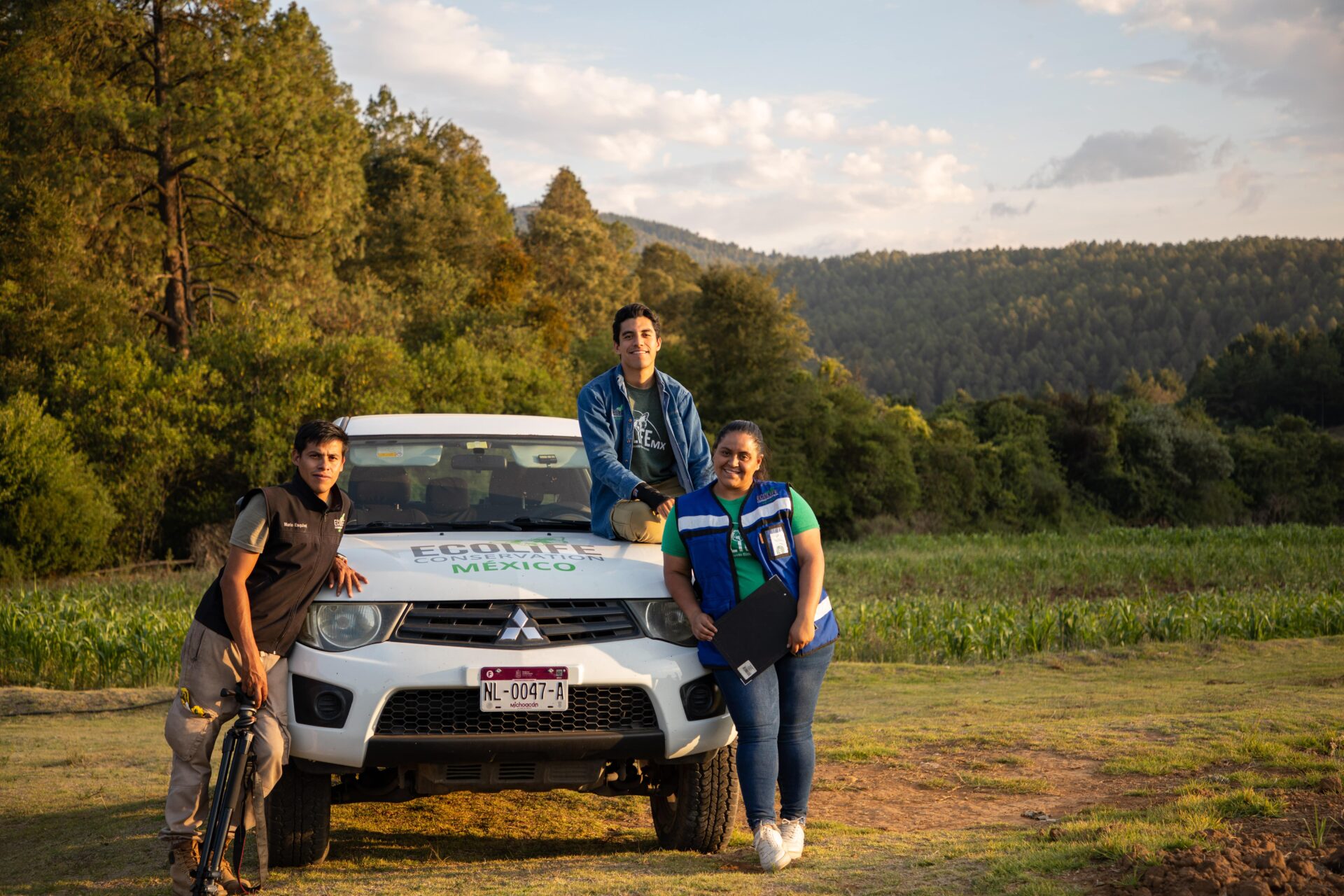Harmony in Conservation: The Vital Role of Community Led Conservation in Our Mission

At ECOLIFE, we believe that people and nature can prosper together and that together, we can make it happen. This is why our mission is to cultivate impactful solutions and collaborate with communities to nourish the health of families and sustain the Earth. From the fuel-efficient stoves we build to our Sustainable Agriculture Program, every move we make benefits both imperiled wildlife and underserved communities.
But is focusing on community led conservation really that important? What happens when conservation groups don’t consider local communities? In this article, we’re diving in to answer these questions and explain why community inclusion is a core part of ECOLIFE Conservation’s mission.
Defining Conservation Conflicts
Are conservation conflicts a serious issue affecting conservation efforts? Throughout the world, research shows that conservation efforts are often in direct conflict with human activities. Of course, some of these conflicts can result in positive change, like when human activities are harming a habitat or species. Unfortunately, more often than not, these conflicts can be “destructive, costly, and not only undermine effective conservation, but also prevent economic development, social equality, and resource sustainability.”
In fact, research from the University of East Anglia found that when conservation is guided by and based on the knowledge of Indigenous people and local communities, the results are much more likely to be successful. This same research found that when conservation fails, it is typically because it excludes or undervalues the knowledge and cultures of local and indigenous communities.
The Benefits of Collaboration and Community Led Conservation
Collaborative decision-making processes play a crucial role in community led conservation efforts. In these initiatives, involving local communities is essential because it taps into the knowledge, perspectives, and experiences of those who live in and depend on the natural resources of the area.
Local communities possess valuable insights about the ecosystem, its biodiversity, and its challenges. By including them in decision-making, conservation efforts become more effective and sustainable. Moreover, engaging communities fosters a sense of ownership and responsibility, motivating individuals to actively participate in protecting their environment. This collaborative approach not only enhances the success of conservation projects but also promotes social equity and ensures that the benefits of conservation are shared among those directly affected by the outcomes.
In essence, community involvement is a cornerstone of successful and inclusive conservation strategies.
Local Communities Are Crucial for Successful Conservation
According to this study, which studied 169 conservation projects all over the world, researchers found that 56% of conservation projects controlled by local communities had positive impacts on the well-being of humans, habitats, and species (depending on the goal of the project). This is in contrast to conservation projects controlled by external groups, where only 16% resulted in positive outcomes and more than one-third of projects were ineffective and reported negative social outcomes for local communities.
Dr. Neil Dawson of UEA’s School of International Development was involved in this study and stated “This study shows it is time to focus on who conserves nature and how, instead of what percentage of the Earth to fence off.”
Case Study: The Patsari Stove Project
When we set out to learn more about how we could help preserve the monarch butterfly population in the Monarch Butterfly Biosphere Reserve (MBBR), we talked to local communities in the area. Our conversations with these families led that to help the monarchs, we needed to help the communities surrounding the reserve.
We learned that these families were cooking on open fires inside their homes. This not only contributed to the deforestation of the MBBR but caused a variety of health issues for families. Many children suffer burns from open flames and hot coals. Diseases caused by breathing smoke make indoor cooking fires the leading cause of death in the developing world, especially for women and children.
Building fuel-efficient stoves protects forests and forest-dwelling species while providing clean air and safer living conditions for families. Our stoves protect forests by reducing local dependence on firewood, leaving habitats intact. Stable ecosystems help vulnerable species, such as the monarch butterfly, survive on a changing planet. Each stove also comes with a chimney to funnel smoke out of houses so that everyone in the family breathes cleaner air.
Finally, through our programs, women become spokespeople for health issues, children learn about the importance of conservation, and men learn to build stoves that protect their families and their environment.
Join Us in Our Mission to Help Humans and Nature Prosper
The significance of community led conservation cannot be overstated. Addressing conflicts in conservation by actively involving local communities is not just a philosophy but a proven strategy for success. The detrimental impacts of conservation conflicts between external groups and local communities are evident. By recognizing and valuing the knowledge and cultures of these communities, we pave the way for a more sustainable and inclusive conservation future. Together, people and nature can indeed prosper, embodying the core mission of ECOLIFE Conservation.
However, we can’t continue this work without your help. Our board of directors covers all of our overhead costs, so every dollar you give goes directly to protecting wildlife, natural resources, and the people who depend on them.